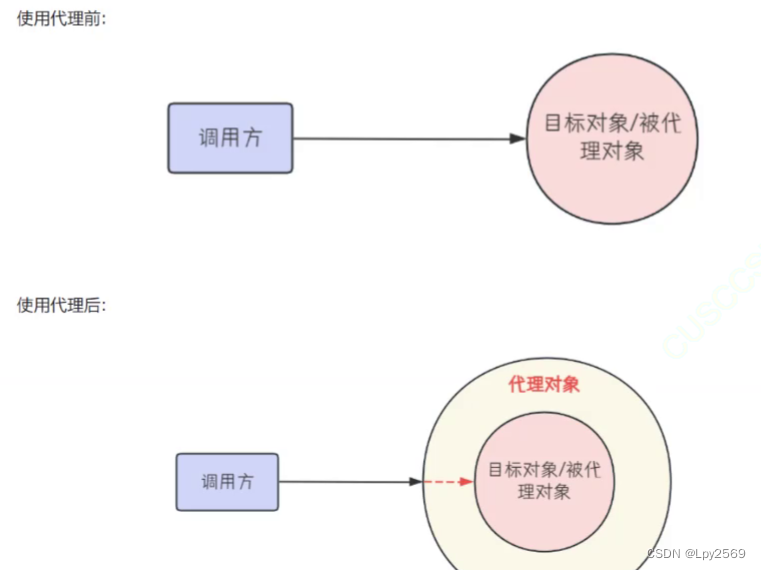本文介绍: 1. 组合模式可以清楚地定义分层次的复杂对象,表示对象的全部或部分层次。它让客户端忽略了层次的差异,方便对整个层次结构进行控制。2. 客户端可以一致地使用一个组合结构或其中单个对象,不必关心处理的是单个对象还是整个组合结构,简化了客户端代码。3. 在组合模式中增加新的容器构件和叶子构件都很方便,无须对现有类库进行任何修改,符合开闭原则。4. 组合模式为树形结构的面向对象实现提供了一种灵活的解决方案。通过叶子对象和容器对象的递归组合,可以形成复杂的树形结构,但对树形结构的控制却非常简单。
介绍
组合模式组合多个对象形成树形结构以表示具有“部分-整体”关系的层次结构。组合模式对单个对象(即叶子对象)和组合对象(即容器对象)的使用具有一致性,又可以称为“部分—整体”(Part-Whole)模式,它是一种对象结构型模式。
实现
myclass.h
myclass.cpp
main.cpp
组合模式形式
透明组合模式
抽象构建Component中声明了所有用于管理成员对象的方法,这样能确保所有的构建类都有相同的接口。缺点是不够安全,因为叶子对象和容器对象在本质上是有区别的。
组合安全模式
安全组合模式中,在抽象构件Component中没有声明任何用于管理成员对象的方法,而是在Composite类中声明并实现这些方法。这种做法是安全的,因为根本不向叶子对象提供这些管理成员对象的方法,对于叶子对象,客户端不可能调用到这些方法。缺点是不够透明,因为叶子构件和容器构件具有不同的方法,且容器构件中那些用于管理成员对象的方法没有在抽象构件类中定义,因此客户端不能完全针对抽象编程,必须有区别地对待叶子构件和容器构件。
总结
优点
缺点
适用场景
练习
声明:本站所有文章,如无特殊说明或标注,均为本站原创发布。任何个人或组织,在未征得本站同意时,禁止复制、盗用、采集、发布本站内容到任何网站、书籍等各类媒体平台。如若本站内容侵犯了原著者的合法权益,可联系我们进行处理。






